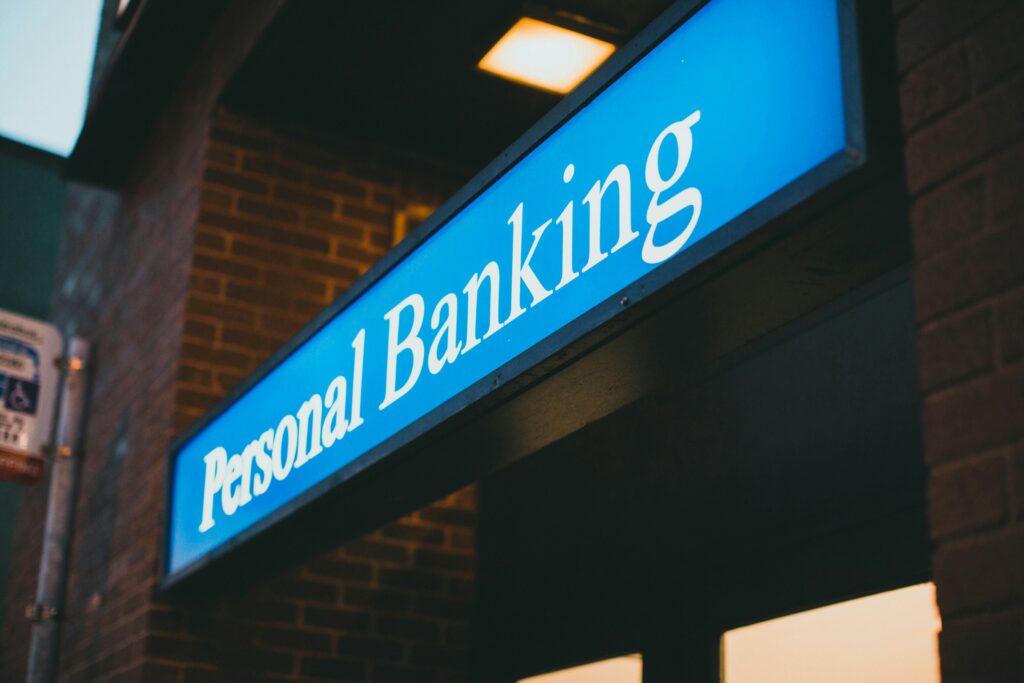Pros and Cons of Personal Loans: Should You Borrow?

You see the ads everywhere: “Get approved for a personal loan in minutes!” Sounds tempting, right? Whether you’re looking to consolidate debt, cover an emergency, or fund a major purchase, a personal loan can be a lifesaver—or a financial mistake. The truth? Personal loans aren’t good or bad—they’re just a tool. If used wisely, they can help you get ahead. If used recklessly, they can pull you into a cycle of debt. Before you sign on the dotted line, let’s break down the real pros and cons so you can make the smartest financial decision.
How Personal Loans Work
A personal loan is a lump sum of money you borrow from a bank, credit union, or online lender and repay in fixed monthly installments.
- Loan amounts typically range from $1,000 to $50,000+
- Repayment terms can last anywhere from 1 to 7 years
- Interest rates vary based on credit score, income, and lender
The key difference from credit cards? Personal loans have fixed interest rates and predictable payments. That means no fluctuating balances or minimum payments changing every month.
The Pros of Personal Loans
1. Lower Interest Rates Than Credit Cards
If you have high-interest credit card debt, a personal loan can help you consolidate and pay it off faster. While credit card APRs often range from 18% to 30%+, personal loan rates can be as low as 5% (if you have great credit).
Example:
- $10,000 credit card debt at 22% APR → $367/mo for 4 years = $7,630 interest paid.
- $10,000 personal loan at 8% APR → $244/mo for 4 years = $1,720 interest paid.
- Total savings: $5,910 in interest!
2. Fixed Monthly Payments (Easier to Budget)
Unlike credit cards with fluctuating minimum payments, personal loans have a fixed repayment schedule. This makes it easier to budget and know exactly when your loan will be paid off.
3. Can Improve Your Credit Score
A personal loan can actually help your credit if:
- You pay on time every month (on-time payments make up 35% of your credit score).
- You lower your credit utilization by paying off credit card balances.
- You diversify your credit mix, which makes up 10% of your score.
4. Fast Approval & Funding
Many online lenders offer same-day approval and funding within 24 hours. If you need money urgently—for an emergency expense or unexpected bill—a personal loan is one of the fastest financing options available.
The Cons of Personal Loans
1. Interest Rates Can Be High for Bad Credit
If you have a low credit score, you won’t get those attractive 5-8% rates. Instead, lenders might offer you 15-30% APR—sometimes even higher.
Example:
- Person A (750 credit score) → 6% APR loan
- Person B (600 credit score) → 22% APR loan
At 22% APR, you’ll pay thousands more in interest. In this case, a personal loan might not be worth it.
2. Fees Can Add Up
Many lenders charge:
- Origination fees (1-8% of the loan)
- Prepayment penalties (for paying off early)
- Late payment fees
Always read the fine print before applying.
3. Can Lead to More Debt
If you’re using a personal loan to consolidate credit card debt, it only helps if you stop using credit cards. Otherwise, you could end up with a personal loan + new credit card balances = even more debt.
When a Personal Loan Makes Sense
A personal loan can be a smart move if:
- You’re consolidating high-interest debt (and won’t run up new balances).
- You qualify for a low interest rate (under 10% APR).
- You need a fixed repayment plan (rather than revolving debt).
- You’re covering an essential expense (like medical bills, car repairs, or home improvements).
When to Avoid a Personal Loan
You should think twice before taking a personal loan if:
- You’re using it for non-essential purchases (vacations, shopping sprees, etc.).
- You have bad credit and can only qualify for high-interest loans.
- The lender charges excessive fees.
How to Get the Best Personal Loan
If you decide a personal loan is right for you, follow these steps to get the best deal:
🔹 Step 1: Check Your Credit Score – Higher scores = better rates.
🔹 Step 2: Compare Multiple Lenders – Look at interest rates, fees, and repayment terms before applying.
🔹 Step 3: Get Prequalified – Many lenders offer soft credit checks to show estimated rates without impacting your score.
🔹 Step 4: Read the Fine Print – Avoid lenders with hidden fees or prepayment penalties.
🔹 Step 5: Borrow Only What You Need – A personal loan is not free money—make sure it fits into your budget.
